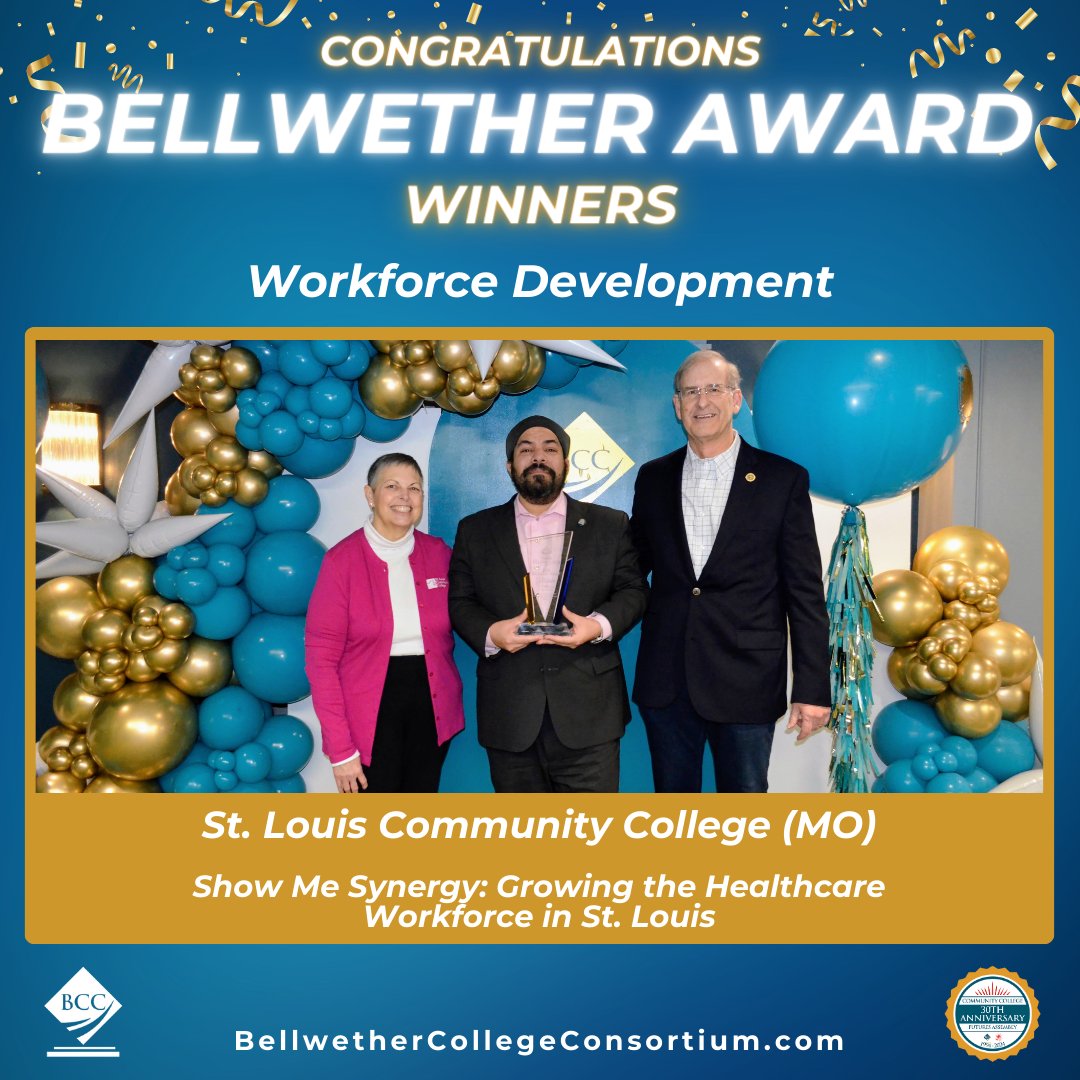Prop R Funds Explained
BY: GENEVA LEE
News Editor
St. Louis residents voted to pass Proposition R, which will increase funding for St. Louis Community College from $160 million a year to about $190 million

“Prop R” was passed on Tuesday, August 3, 2021, by a 58% to 42% margin, according to the Board of Elections. The St. Louis Post-Dispatch reported that about 54% of county voters voted “yes,” compared to 73% of city voters. An off-year special election, only about 8% of eligible voters cast ballots, and taxpayers will now pay $0.08 more (a total of $0.2787) for every $100 of assessed property value.
This new funding brings STLCC in line with other Missourian community colleges. St. Louis Community College district’s tax had not increased in almost 40 years and was lowest of the 12 Missourian community college tax districts. With Prop R, it will be the fifth-lowest tax rate in the state, according to the Post-Dispatch.
The college intends to use the funding to update job training programs, renovate buildings, upgrade technology, and improve safety and security on campus, according to Chancellor Jeff Pittman.
These are the overarching aims for the new funds from Proposition R. How they will be specifically allocated toward improving facilities and offerings, however, has yet to be determined.
Pittman said that “the board is responsible for the fiduciary oversight of the college ultimately,” but it will rely upon input from the community. The chancellor said that the school is putting together campus committees composed of faculty and staff, and each campus will have a committee chair and consult each campus’ president and VP of student affairs, as well as have steering committees.
Chancellor Pittman said he “would like to invite students to serve” in the steering committee to get their input. He is also putting together a chancellor’s advisory committee, bringing in CEOs from the region to get an idea of what jobs St. Louis employers are looking to fill and see how STLCC can better connect graduates to these jobs. The Vice Chancellor of Student Affairs is putting together a group of graduates to draw upon their experience at the college too.
To gain more input from faculty, staff, students and the community, a public hearing was held on Sept. 23.
Though the specifics have not yet been decided, there is a general idea of how the school would like to spend the new Prop R funding, said Pittman. STLCC will use Prop R funds to expand existing programs to meet demand in programs including healthcare, financial services, and information technology.
According to Pittman, there are many “really well” paying jobs in the region, but the region lacks trained workers to fill these roles. He specifically mentions the large number of healthcare jobs that need to be filled—there are 2,500 nursing vacancies, for example—and the school is not able to keep up. “(STLCC’s) radiation program has an 18-month waiting list, and, meanwhile, the employers are jumping up and down saying ‘we need more people’,” he said.
Pittman also noted the need for upgrades to facilities: “the buildings were built in the 1960s, so they’re very dated, so that creates problems with infrastructure.”
The college spends approximately $4.3 million a year on repairs and maintenance, and there are more than $150 million in repairs needed. Pittman highlighted the new Center for Nursing and Health Sciences at the Forest Park campus, explaining, “this building is a really good example of the future for the campus.”
The building, which is Leadership in Energy and Environmental Design (LEED) gold certified, consolidates all healthcare courses and was built at a lower cost than renovating the previous facility, he said. Pittman said Prop R would allow for similar facilities built on the other STLCC campuses.
When asked about how Prop R would “keep tuition low and affordable for students,” the chancellor said that Prop R funding would “not necessarily” lead to a reduction in tuition. Rather, it would allow the school to make the upcoming program and facility upgrades without resorting to raising tuition.
“I just think we need to do everything we can to make college affordable,” said Pittman. “Many of our students struggle financially, and if they’re working and struggling to pay for groceries (on top of tuition) … it’s a hard thing.”











